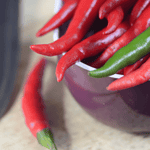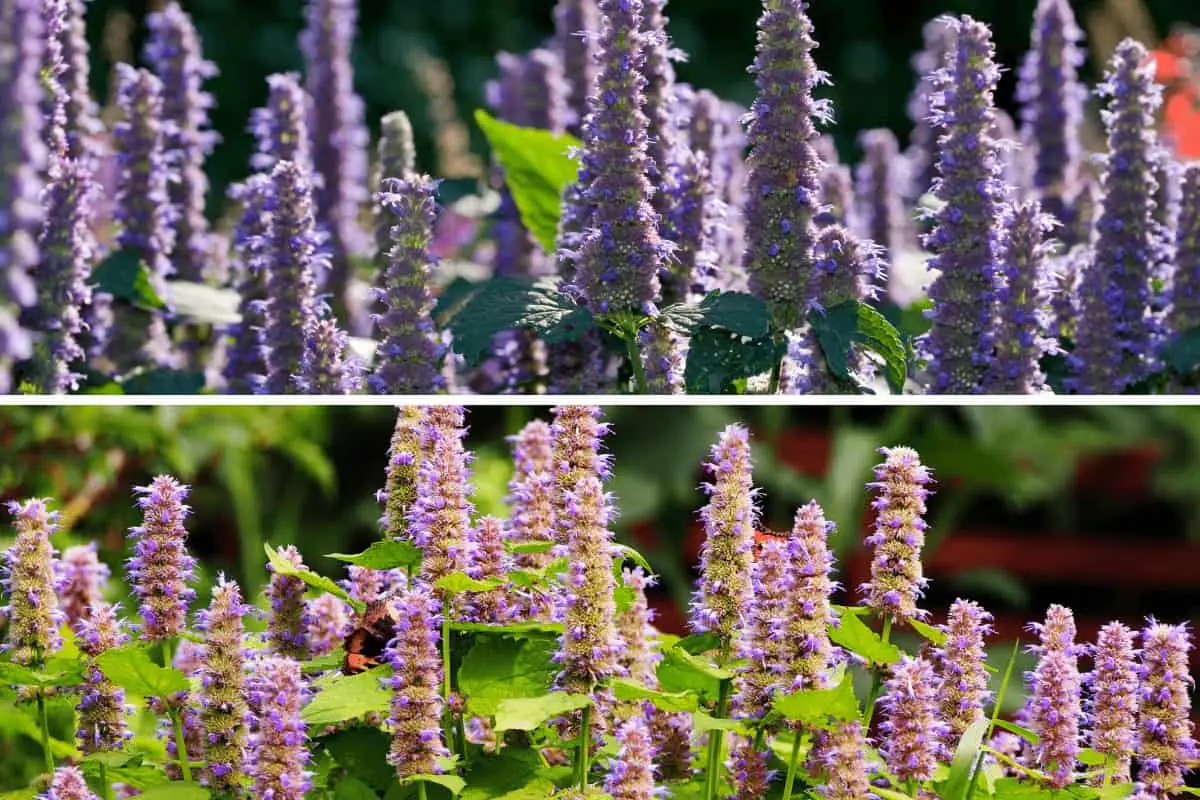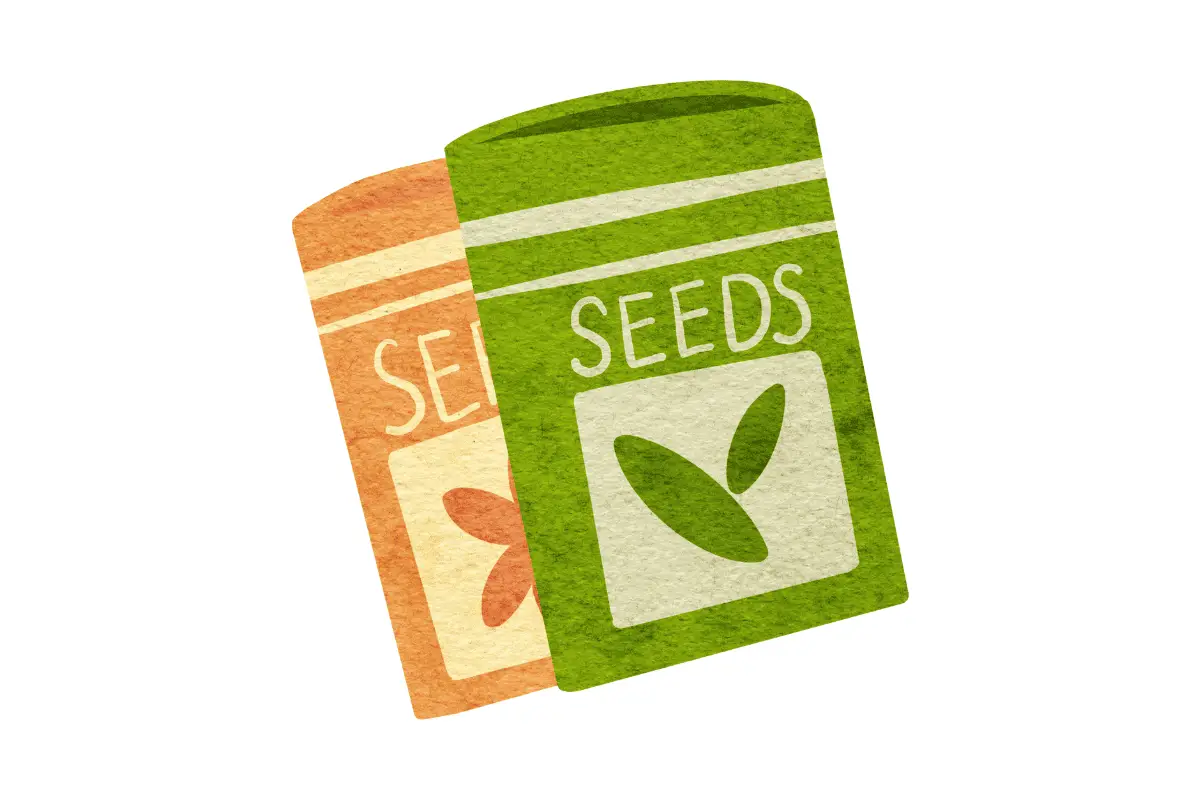Anise plant (Pimpinella anisum) is a Southern European and Mediterranean herb with a flavor reminiscent of licorice. The plant is attractive with lacy leaves and a profusion of white flowers and grows as a bushy ornamental herb. Anise, sometimes called aniseed, is a wonderfully flavored and delicious herb that is most popular for its culinary properties. While the leaves are sometimes used, the plant is most frequently harvested for its seeds which have a remarkable, strong licorice taste to them. We just love using anise in our home cooking.
Quick Answer
A quick answer on how to grow anise hyssop from seed is that anise requires a long, frost-free growing season of about 120 days. Planting depth: Sow anise seeds ¼ inch; seed germinates in about 20 days.
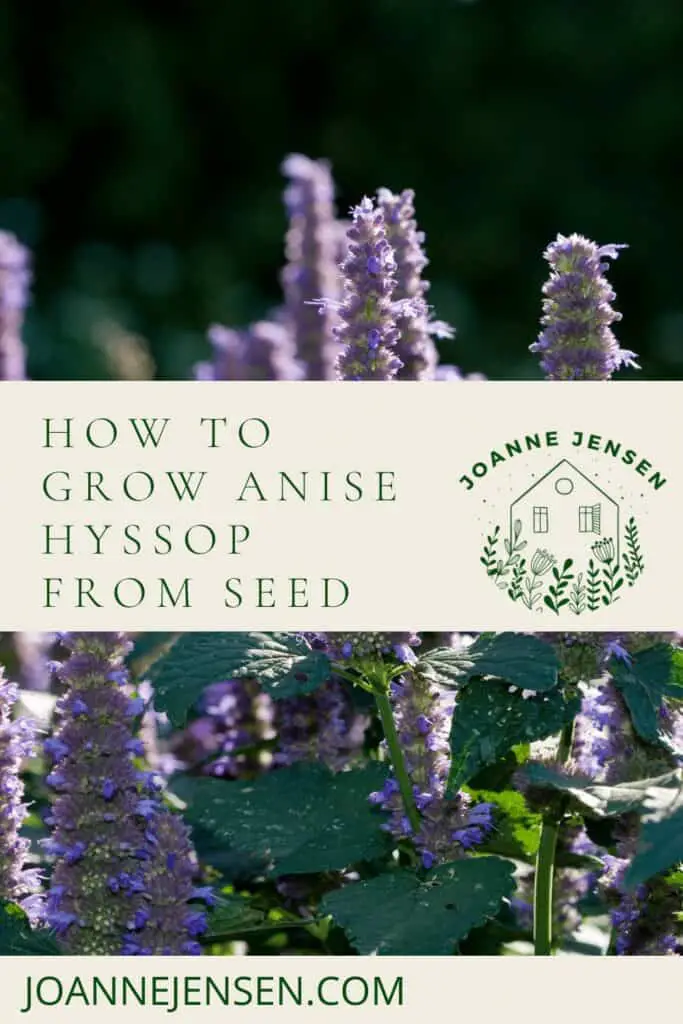
In this article, we will give lots of tips on How to Grow Anise Hyssop from Seed. It’s a member of the parsley family. Its leaves and seed have a sweet, licorice-like flavor. Both leaves and seeds can be used to flavor soups, salads, and sausage. They are used in bread, cookies, and candy. Growing anise in the herb garden provides a ready source of the seed for curries, baking also flavoring liqueurs.
The seeds are a useful part of the plant and resemble caraway or carrot seeds. It’s easy to grow anise and the feathery leaves are borne on slightly purple stems. The plant, which grows just under 2 feet (60 cm.) tall, requires a warm growing season of at least 120 days. Due to its delightful appearance and fragrance, there are now many gardeners who grow anise.
Anise Hyssop

50+ Licorice Mint Herb Seeds- Anise Hyssop
- Also known as Anise Hyssop. Agastache seeds grow to heights of 120cm (48″).
- It also happens to be one of the key suppliers of nectar to Skippers and other butterflies and is highly attractive to bees.
- A beautiful non-invasive mint for the corner of the garden.
Anise

(Pimpinella Anisum)- 100 Seeds
Anise is a strongly aromatic, annual herb from the Umbelliferae family (Apiaceae). It becomes 40 to 70 centimeters high. From July onwards, white umbels appear, from which the aniseed grains form.
Anise-Scented Herbs You Should Know
Bronze Fennel Herb Seeds

(Foeniculum Vulgare) 100+Seeds
Bronze Fennel Herb Seeds (Foeniculum Vulgare) 100+Seeds
Flowering chervil

500Pcs Perilla Seeds
The Color is Fresh and Pleasant shiso is Ideal Garden Material for Landscaping and Landscape Design
- Our product is: Perilla seeds; product quantity: 500pcs Perilla seeds
- All products come from professional growers. These are used in your garden and you can start easily without any knowledge of planting.
- It is more resistant to high temperatures, and the suitable temperature for growth is 25. but high temperature accompanied by drought has a greater impact on plant growth. The optimum temperature during flowering is 21.3-23.4.
- Perilla is a plant belonging to the genus Perilla in the order Labiatae, which is an annual herb. There is a special fragrance
Tarragon Seeds

Seeds Tarragon Seeds for Planting
Herb Seeds – 100 + Seeds Tarragon Seeds for Planting – French Tarragon Seeds – MexicanTarragon Seeds – Artemisia Dracunculus Seeds (100)
- Package includes: 100+ seeds
- Seeds are Non-GMO, easy to grow
- Mexican Tarragon is a wonderful addition to any herb garden, as it blooms in the summer and fall when all other herbs are waning
- These flowers are purely ornamental, while the glossy leaves are licorice scented and flavored
Companion Plants for Anise
What grows well with anise hyssop? It is a favorite of pollinators like the bees, butterflies, and hummingbirds that feed on its nectar, and the birds, such as goldfinches, also adore the seeds.
Hundredfold White Common Yarrow Herb

1000 Seeds – Achillea millefolium for Butterflies and Bees
- An easy-to-grow perennial that is care-free after established
- Can be grown as a medical herb, a ground cover, or simply for its beautiful flowers
- Flowers are attractive to butterflies, bees, and other beneficial pollinators. It establishes itself as a butterfly garden specimen
- Each package contains 1000 open-pollinated seeds
Coriander Seeds

Coriander Seeds for Planting
- Non-GMO seeds from Ukraine famous for its fertile black soil and being the BreadBasket of Europe; English instructions are provided with each package
- In case of any questions or issues with the product, we will respond within 24 hours
- Spicy, essential oil plant. The leaves have a high content of essential oils, vitamins A, B1, B2, C, and carotene
- Great honey plant. It can be sown from late March until early September
- Pre-soak the seeds overnight for better germination




How to Plant Anise Hyssop
Best location: Grow anise in full sun. Plant anise in a sheltered location out of the wind.
Soil preparation: Anise grows best in well-drained soil rich in organic matter; however, anise will grow in poor soil. Anise prefers a soil pH of 6.0 to 6.7. Anise tolerates dry conditions but will not tolerate very wet soil.

Seed starting indoors: Start anise from seed indoors in late winter about 8 weeks before transplanting seedlings outdoors. Sow seed in biodegradable pots that can be set out in the garden after the last frost in spring. Keep seeds at 70°F for optimal germination. Anise forms a tap root that does not like transplanting or moving.
Transplanting to the garden: Because anise has a tap root it does not transplant well after the roots become established. Set seedlings in the garden in spring as soon as the soil can be worked; protect young plants with floating row covers or a plastic tunnel until after the last frost.

Outdoor planting time: Sow anise in the garden as early as two weeks before the average last frost date in spring. Anise requires a long, frost-free growing season of about 120 days.
Planting depth: Sow anise seeds ¼ inch; seed germinates in about 20 days.
Spacing: Space plants 6 to 18 inches apart. When seedlings are 6 weeks old thin plants to 18 inches apart or more.
How much to plant: Grow 6 anise plants for fresh leaves and cooking; grow 12 plants for seeds and preserving.
Companion planting: Anise is said to encourage cilantro to germinate. The strong smell of anise is said to repel aphids and fleas. Avoid planting anise with carrots and radishes. Grow creeping thyme at the foot of anise.
How to Grow Anise Hyssop
Watering: Water anise when the ground starts to dry out. Do not overwater anise.
Mulching: Keep planting beds free of weeds. Weeds compete for soil moisture and nutrients.
Care: Anise’s stems are weak. Stake plants that become leggy; also stake plants in windy gardens.
Container growing: Anise grows easily in containers. Select a container at least 8 inches deep and wide.
Winter growing: Anise can be grown indoors in winter. Place plants in a bright window or under fluorescent lights.
Anise Hyssop in The Kitchen
Flavor and aroma: Anise leaves and seeds have a rich licorice flavor.
Leaves: Add chopped fresh leaves to salads and fruits or use them as a garnish. Use whole, ground, or crushed leaves in baked goods, apple dishes, pickles curries, eggs, or soups.
Seeds: Anise seeds add flavor to sweet rolls and gourmet bread; crushed seeds enhance the flavor of desserts and fresh fruit salads. Seeds intensify the sweetness in pastries, cakes, and cookies
Culinary complements: Anise is complemented by cinnamon and bay.
Drying: Dry anise seeds on trays of paper for several warm days outdoors. After drying, pasteurize seeds in the oven at 100°F for 15 minutes.
Storing: Store leaves and seeds in an airtight container.
Growing Anise in Pots
Can you grow anise in a pot? Yes, you can! Anise (Pimpinella anisum) is very well suited to container life, as long as it has the space to grow. The plant has a long taproot, so it needs to be planted in a deep pot, at least 10 inches (24 cm.) in depth. The pot should be at least 10 inches in diameter to provide room for one or possibly two plants.
Fill the container with a growing medium that is well-draining, rich, and slightly acidic. A good mixture is one part soil, one part sand, and one part peat. Anise is an annual that lives its entire life in one growing season. It’s a fast grower, however, and can be grown easily and quickly from seed.
The seedlings do not transplant well, so seeds should be sown directly in the pot you plan to keep the plant in. Sow several seeds under a light covering of soil, then thin when the seedlings are a couple of inches (5 cm.) tall.
The plants thrive in full sun and should be placed somewhere that receives at least six hours of light per day. Once established, the plants don’t need frequent watering, but keep in mind that containers dry out quickly. Let the soil dry out completely between waterings, but try to keep the plants from wilting. Anise plants are annuals, but their lives can be extended by bringing their containers indoors before the first frost of autumn.
FAQ
Anise grows best in Zones 4 to 11.
Anise is a warm-season annual herb.
Anise requires a long, frost-free growing season of about 120 days. Planting depth: Sow anise seeds ¼ inch; seed germinates in about 20 days.
Plant them in well-drained soil with a pH value between 6.3 and 7.3. Sow the seeds in rows that are two feet apart, at a depth of about 1/4 inch. Thin them to eight inches apart. Harvest Anise seeds about 1 month after the plant flowers
Water anise regularly until the plants are well-established in your garden beds. Plan to water the anise plants two or three times a week until they’re at least 6-8 inches high. Then, you can reduce irrigation.
Anise seeds range in color from pale brown to greenish-gray. The seeds are shaped like small, ridged crescents and often have a bit of the stem still attached. Although anise seeds look a lot like fennel seeds, they are significantly smaller. Anise is known for its natural sweetness and unmistakable licorice flavor.
Though Anise will tolerate full sun with consistently moist soil, most varieties will prefer shade or part shade. Morning sun with afternoon shade or all-day filtered sun is fine
Conclusion for How to Grow Anise Hyssop from Seed
In conclusion to this article, I hope we have given you lots of tips on How to Grow Anise Hyssop from Seed. Growing anise in the herb garden provides a ready source of the seed for curries, baking also flavoring liqueurs. Enjoy.
Recent Posts
- How to Plant Mushroom Seeds for Maximum Germination
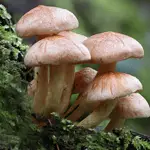
- How to Plant Lettuce Seeds for Maximum Germination

- How to Plant Kale Seeds: A Step-by-Step Guide to Maximum Germination Success!
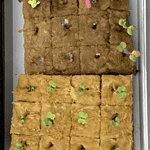
- How to Plant Eggplant Seeds: A Step-by-Step Guide to Maximum Germination Success!
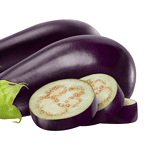
- How to Plant Cucumber Seeds for Maximum Germination
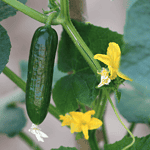
- How to Plant Chili Pepper Seeds for Maximum Germination
